Many a quilt class has been ruined by a student that was ill prepared, demanding, or loud. Being curteous and respectful of others applies whether it is a class for twenty or a lecture for two hundred. A few general rules to follow will make your class experience more enjoyable for you as well as the instructor.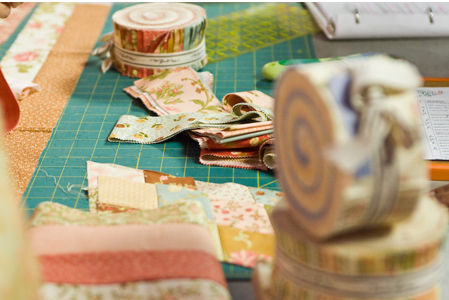
- Read your class materials list well before the day of the class to ensure that you have all of the necessary supplies together. This will avoid you having to purchase something from the teacher at the last minute, or worse yet, borrow from another student.
- Make sure that your sewing tools (sewing machine, iron, are in good working order before the day of the class. You are not the only student in the class, and it may not be possible for the teacher to take time out to help you 'repair'. A sewing tool not in good working order also means that you miss out on valuable learning time.
- Bring extra needles, thread, bobbins, or other items needed for the class in the event you need a replacement. It is not always possible to count on those speciality items being available for purchase at the class venue.
- Arrive on time or a bit early. This allows you time to get your area settled when the instructor is ready to begin. Often there is an overview of the class activity. If you arrive late, not only do you disturb others, but you miss the often valuable overview information.
- Please don't monopolize the instructors time. Remember, you are not the only student in the class and others may have questions or need help with the class activity.
- Please don't interrupt the instructor while he/she is teaching or offering assistance to another student. Remember, these other students also paid for this class and deserve the right to receive as much from the class as you. Often there is time set aside during the class to allow for questions.
- Please ask permission to take photographs of a teachers work. Most do not mind, however, it is always polite to ask.
- Please don't assume that you can photo copy a teacher's handouts to teach this same technique at a shop or guild. This could be infringement on copyright laws. Always contact the teacher to ask for and receive permission.


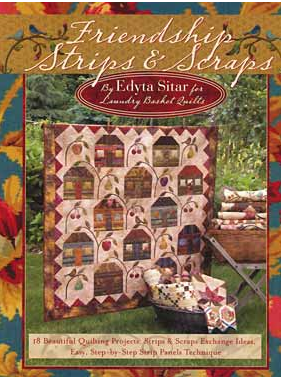
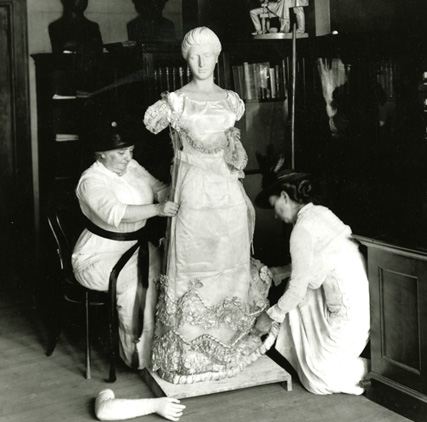
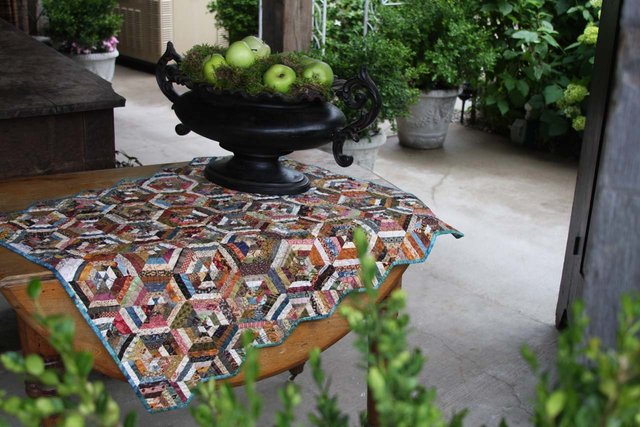
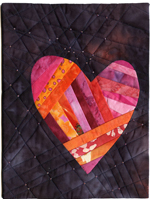

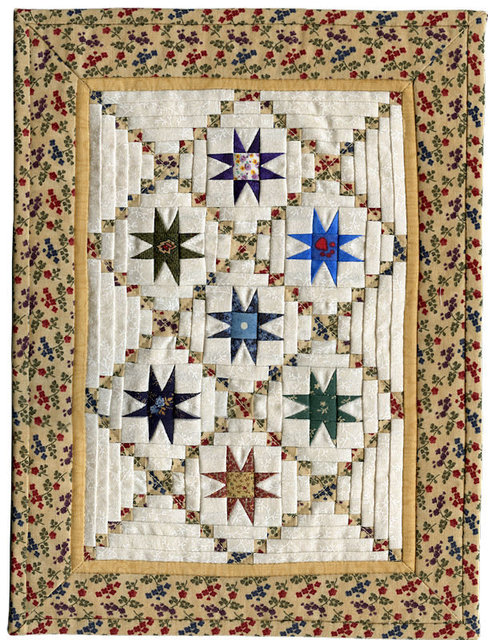
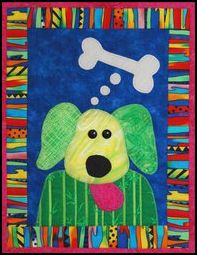
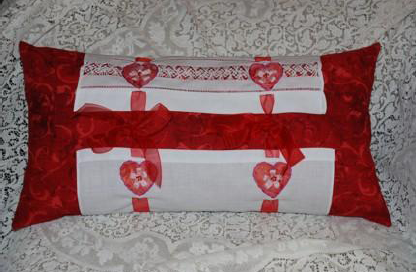
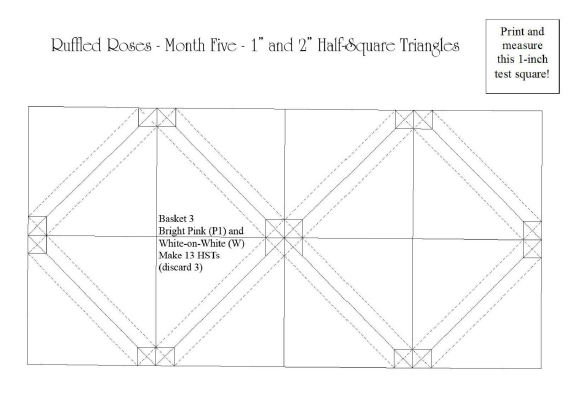
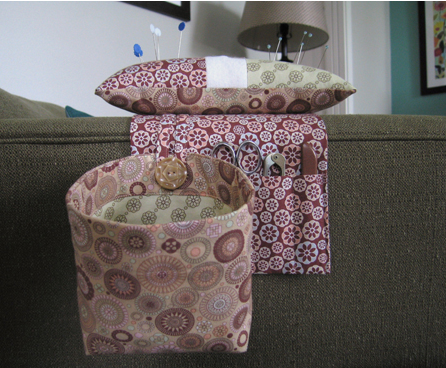

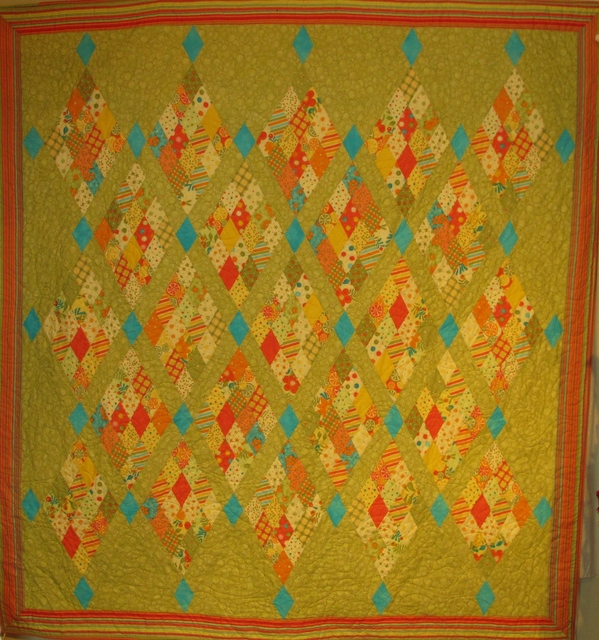
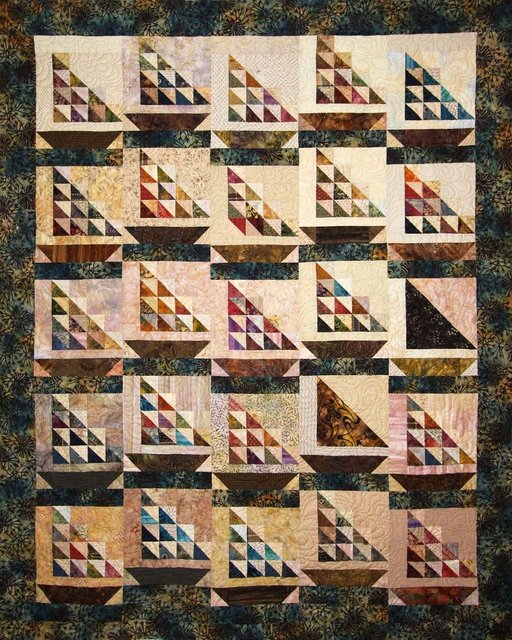


.jpg)


